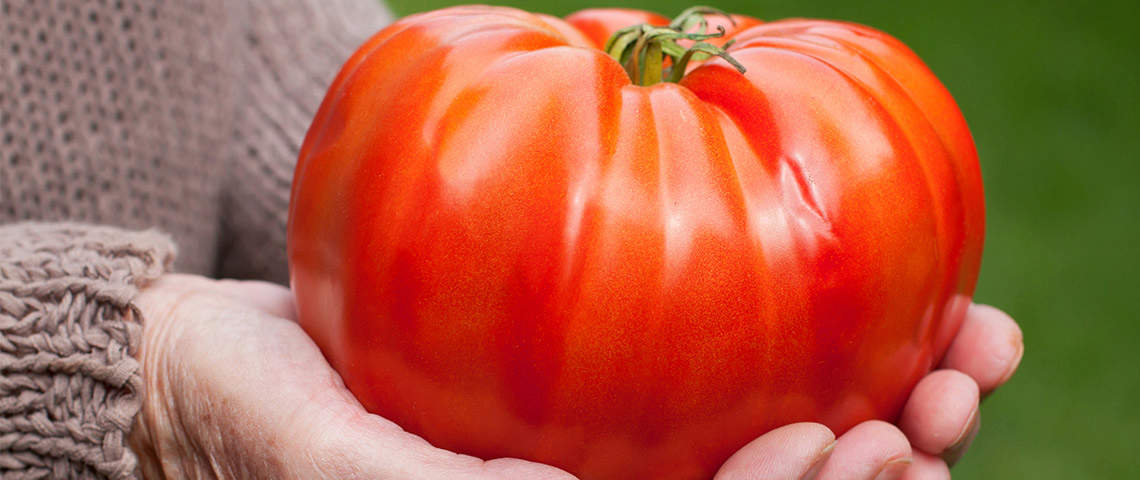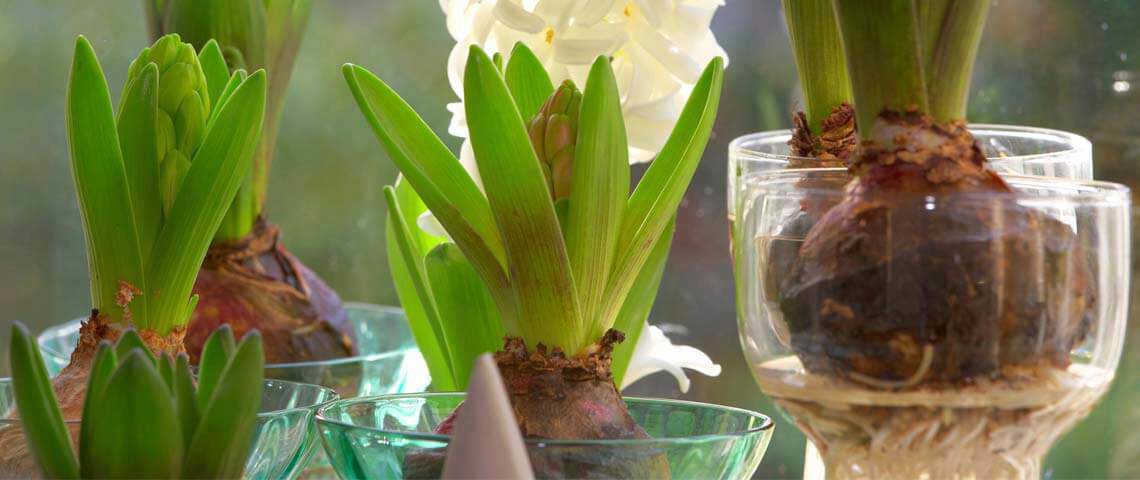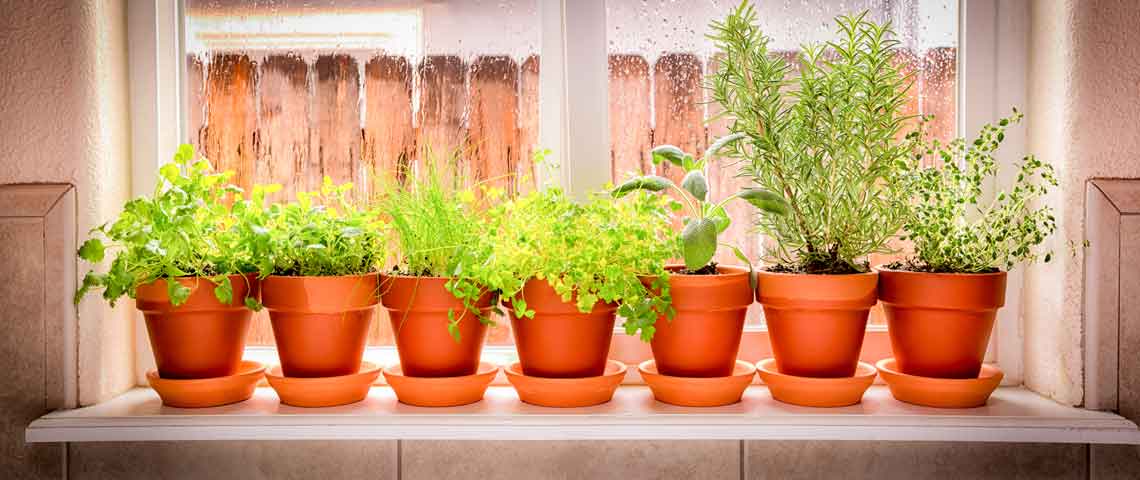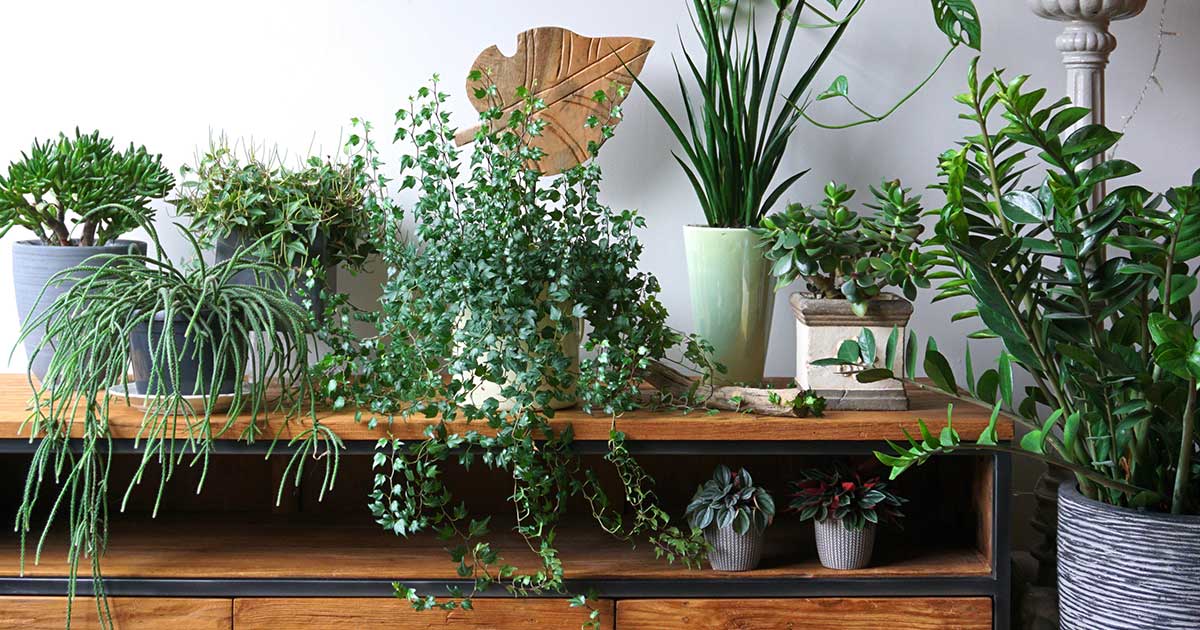How to Fertilize Plants in Your Garden
Every neighborhood has one: the house with a bumper crop of heirloom tomatoes and spectacular flowers that stop you in your tracks. If you've set your sights on being the house that your neighbors envy, you can do it — even if you're new to gardening. The secret to gorgeous, productive gardens is understanding how to fertilize plants so you can feed them what they really need. And before you know it, you'll be "that gardener" others aspire to be.
- Understanding Plant Nutrition Basics
- Choosing the Best Fertilizers for Your Plants
- Matching Fertilizers to Growth and Goals
- Treating Your Plants to Extra Essentials
Understanding Plant Nutrition Basics
Plants are a lot like people when it comes to nutrition: They need a well-rounded diet to look their best. Healthy soil typically provides 14 of the 17 essential nutrients plants need to live. The other three come from water and air. All 17 nutrients are equally "essential" — plants can't survive unless they have them all — but plants need larger quantities of three nutrients in particular: nitrogen, phosphorus and potassium. That's where plant fertilizers come in.
Every fertilizer product you buy has three numbers on the label that make up what's called the N-P-K ratio. The letter "N" is the scientific symbol for nitrogen. "P" stands for phosphorus, and "K" represents potassium. The three fertilizer numbers, always in that same order, reflect the percentages of each of those primary nutrients in that fertilizer product. Other nutrients may also be inside, but they're not part of the N-P-K.
The ratio of these three primary nutrients is important because of the way each one influences plant growth. Nitrogen (N) promotes vigorous, green, leafy growth and rich, green color. Phosphorus (K) supports strong root development and helps plants use other nutrients more efficiently, which helps when it comes to producing flowers, fruits and seeds. Potassium (P) enhances overall growth from tops to roots, keeping plants healthy and balanced. Old-time gardeners use the saying "Up, Down and All Around" to remember the roles that N, P and K play in plant growth.
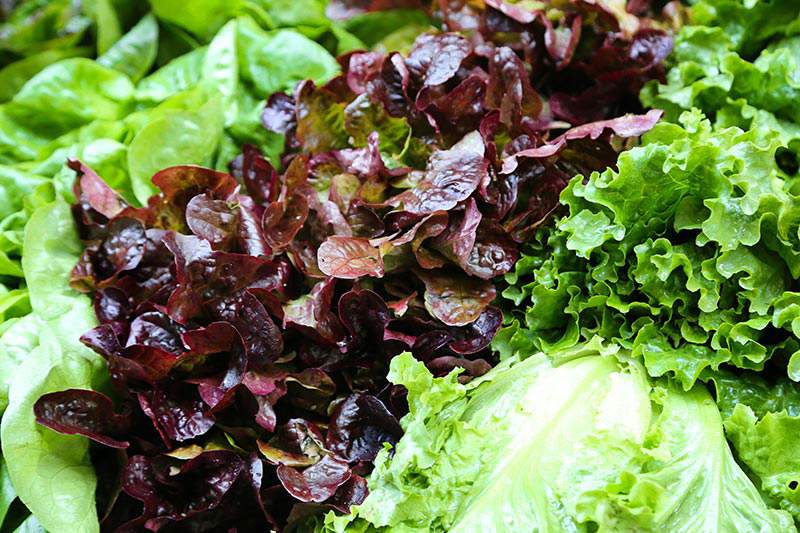
Lettuces rely on nitrogen for vigorous, leafy growth.
Choosing the Best Fertilizers for Your Plants
Even with all the types of fertilizers to choose from, selecting the best fertilizer for your plants isn't a difficult task. All fertilizers work by providing plant nutrients, but different fertilizer types come in many forms, from dry granules to liquid concentrates. Fertilizer ingredients come from different sources, too:
- Organic ingredients in fertilizers, such as the organic matter in Alaska Fish Fertilizer 5-1-1, originate with living organisms, such as plants or animals, and natural processes.
- Natural ingredients in fertilizers trace back to naturally occurring sources. Some ingredients, such as oyster shell meal, originate with living organisms. Others come from non-living sources. This includes products like Pennington Epsom Salt, a natural mineral compound that supplies plants with magnesium and sulfur.
- Non-organic or synthetic ingredients offer the same nutrients to plants, but human intervention and innovation bring them about. Fertilizer ingredients — whether they're organic or not — can release their nutrients quickly or slowly.
Premium specialty fertilizers like Pennington Rejuvenate plant foods combine both organic and natural ingredient to feed your plants immediately and continue feeding for extended periods of time.
Whatever types of fertilizers you choose, always read the labels and follow instructions on how and when to fertilize your plants with that product. Don't be tempted to fertilize too often or overfeed. Too much fertilizer can hurt plants instead of help.

Phosphorus and potassium support flowering and the fruits that follow.
Matching Fertilizers to Growth and Goals
As plants pass through different growth stages — not unlike children and adults — the blends of nutrients they need shift, too. Experienced gardeners put this knowledge to work and change the way they fertilize to support and enhance plant growth at two important stages:
- Green, leafy stage. As seeds germinate and start to root, young plants focus on green, leafy growth. At this early stage of life, your plants need plenty of nitrogen, along with phosphorus and potassium. A balanced fertilizer such as Pennington Rejuvenate Plant Food All Purpose 4-4-4 provides your plants with the well-rounded nutrition they need at this early stage.
- Flower and fruit stage. As plants mature, leafy green growth often takes a back seat to colorful blooms or tasty fruits. Nitrogen is still important, but too much nitrogen at this stage can inhibit flowers and fruit. Fertilizers that highlight phosphorus and potassium remedy that problem and promote flowering and fruiting instead.
When you see a magnificent garden, chances are the person behind it uses this knowledge and feeds different types of plants in different ways. Lettuces and other greens grown just for their leaves flourish with extra nitrogen all season. That's why fertilizers for lawn grasses focus on nitrogen as their main nutrient and have N-P-K ratios like 30-0-4.
Fruit- and vegetable-producing plants benefit from early nitrogen, but phosphorus and potassium are the keys to healthy, vigorous non-leafy growth and tasty crops. Bloom- and fruit-enhancing fertilizers such as Alaska Morbloom 0-10-10 step in to provide higher percentages of P and K — the last two numbers — for abundant flowers, fruits and vegetables.

Treating Your Plants to Extra Essentials
In addition to the primary nutrients that make up N-P-K ratios, plants also benefit from fertilizers that provide other essentials, known as secondary nutrients and micronutrients. These extras are just as necessary to plant life, but they're needed in much smaller quantities than nitrogen, phosphorus and potassium.
Calcium, for example, is especially important in overall plant growth and fruit development. Calcium deficiency is one cause of blossom end rot, the disease that causes sunken, black rot on the bottoms of tomatoes, squash and other garden favorites. When micronutrients such as iron are missing, even in small amounts, trouble appears in the form of yellow plant leaves and less visible problems as roots and fruits suffer, too.
With the premium specialty fertilizers in Pennington's Rejuvenate line, you can treat your plants to a blend of organic and natural ingredients, including earthworm castings, beneficial microorganisms such as mycorrhizae, and humic acids that may aid in the uptake of micronutrients. That's on top of the ideal blends of N-P-K in Pennington Rejuvenate plant foods, whether you're growing acid-loving plants like rhododendrons outside or container lemon trees indoors.

